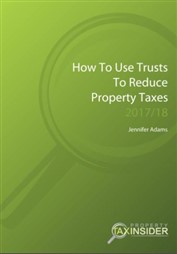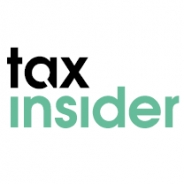
 Why Set Up A Trust?
Why Set Up A Trust?
When a person makes an outright gift to someone, either during their lifetime or on death in their will, the new owner assumes all rights over the property to deal with as they wish. In comparison, the creation of a trust enables the person who is making the gift (the 'settlor') to attach certain conditions.
Trusts have been recognised in English law since at least the thirteenth century and are assumed to have come into being at the time of the Crusader knights, as a way of protecting assets they owned when they were not around to protect them in person.
The protection of assets and the passing of wealth to future generations are still the main reasons for creating a trust, although there are other reasons for doing so.
In summary, the reasons are:
Protection of an asset — the beneficiary may become unable to manage the property themselves or become mentally incapable of doing so or be a minor (i.e. a child under the age of eighteen years) who is unable, as yet, to take on responsibility for the property themselves. Protection may also be necessary should the beneficiary become bankrupt or divorce.
Medium to long term wealth management – trusts are increasingly being used in determining someone's overall wealth strategy to enable assets either to be included in their estate or to ensure that the asset continues in being and is not sold.
Flexibility – a trust can be created to adapt to the beneficiaries’ changing circumstances in a way that an outright gift cannot; e.g. they may wish to provide for beneficiaries who might not have been born at the time of the creation of the trust. Trusts can be especially useful for those settlors who are married but wish to provide for children from a previous marriage.
Provision of income – a trust can enable the income from assets to be given to one person (e.g. a surviving spouse/civil partner) whilst at the same time keep those assets safe for future generations - this will be particularly relevant to let property.
Reduction taxation – property placed within a ‘Discretionary’ Trust does not form part of the settlors’ estate on death and as such reduces any Inheritance Tax (IHT) that otherwise might be charged.
Practical Trap
A trust may be considered as a way of ensuring that a property is kept out of reach in determining future care home costs, but beware - the local council may consider this action to be ‘Deprivation of Assets’ and as such it is suggested that specialist advice is sought should this be the intention.
How A Trust Is Created
The mechanics used in the setting up of a trust have remained unchanged for centuries.
Reminder: a trust is created when a person (a ‘settlor’) transfers assets to people whom they ‘trust’ (‘trustees’) to hold them on behalf of others (‘beneficiaries’). The trustees can only distribute assets and income generated by those assets to particular people (the 'beneficiaries'). Trusts involving the transfer of property must be in written format but otherwise, no legal formalities are required.
For a trust to be effective legally, the following must be clear and unambiguous:
- that it is the settlor’s intention to declare a trust;
- which property is to be the included in the trust; and
- who the beneficiaries of the trust are to be.
- the appointment, removal, retirement, and replacement of trustees;
- the duties of trustees;
- the powers of trustees, including any powers they may have to appoint new beneficiaries; and
- any specific requirements for the use of trust assets and income.
Practical Tips
1. Whatever the asset involved, whether property or not, it is always advisable to have a formal written Trust Deed, as this helps to avoid any future misunderstandings.
2. Legally the trustee must comply with the terms of the Trust Deed. However, the settlor can provide a Letter of Wishes as a guide to the trustees explaining how he would like to see the trust fund operate.
 This is a sample extract from the report ‘How to Use Trusts to Reduce Property Taxes’ published by TaxInsider.co.uk.
This is a sample extract from the report ‘How to Use Trusts to Reduce Property Taxes’ published by TaxInsider.co.uk.



Please register or log in to add comments.
There are not comments added